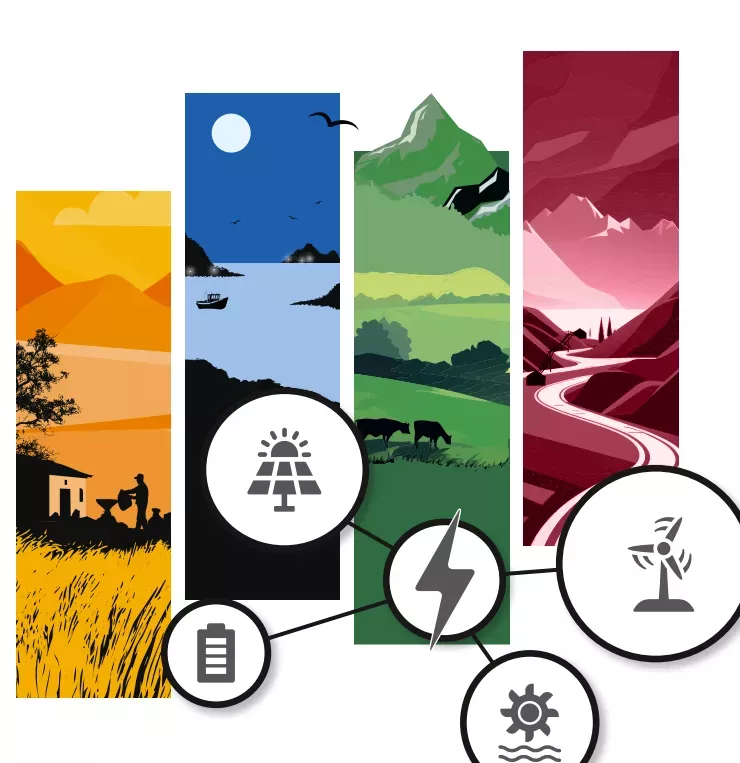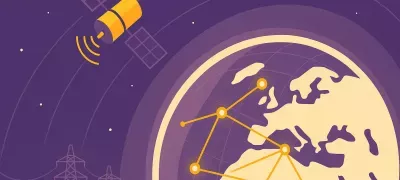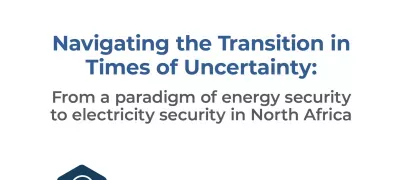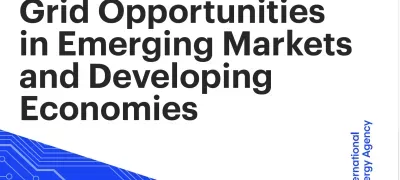
Disparities in access to electricity persist between urban and rural areas, especially in low-income and developing countries, where only 85% of rural residents have access to electricity, compared to 98% in urban areas. In the least developed countries, only 56% of the population had access to electricity in 2021, leaving about 481 million people without electricity out of a global total of 675 million as of 2021. Without additional measures, around 660 to 560 million people in sub-Saharan Africa and 70 million in developing Asia will still lack access to electricity by 2030.
Sustainable Development Goal 7 aims to ensure access to affordable, reliable, sustainable, and modern energy for all. To achieve this, it is crucial to extend access to electricity to the most remote communities, including those with little chance of grid extension, such as communities displaced due to conflicts or certain indigenous populations. This requires a contextually sensitive approach to meet the specific needs of vulnerable populations.
Off-grid solutions offer an opportunity to provide energy to remote and unserved communities. These systems, powered by renewable energy, help reduce reliance on costly fossil fuels. They require lower initial investments than grid extension and have already provided electricity access to 11 million people as of 2021. This guide explores methods of electricity provision through renewables, providing an in-depth understanding of what it takes to extend access to electricity to the most remote areas.



